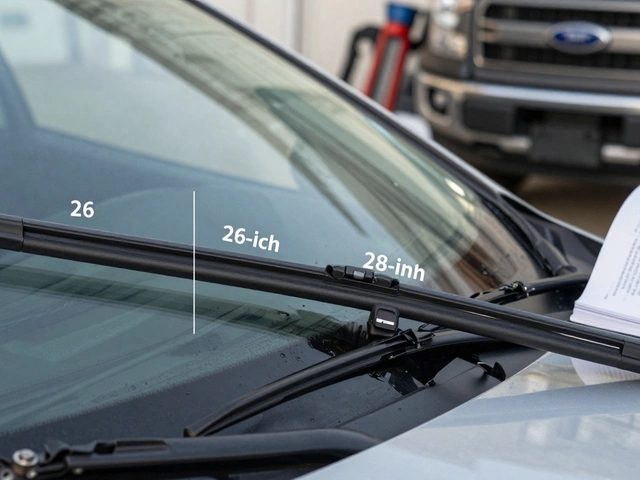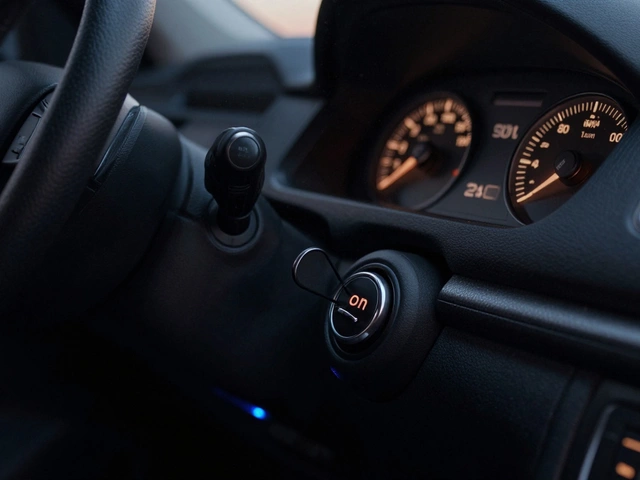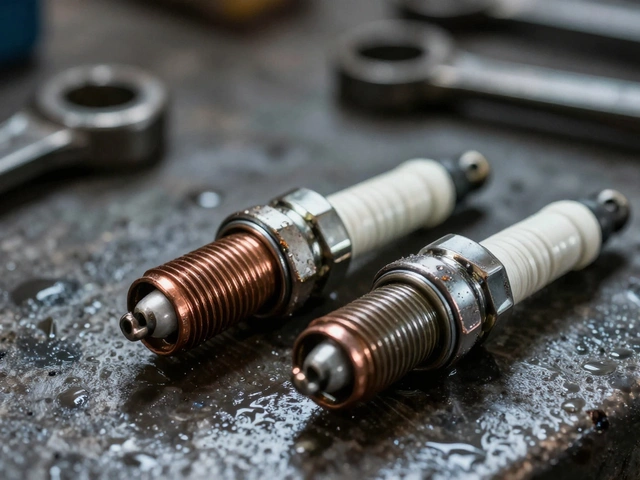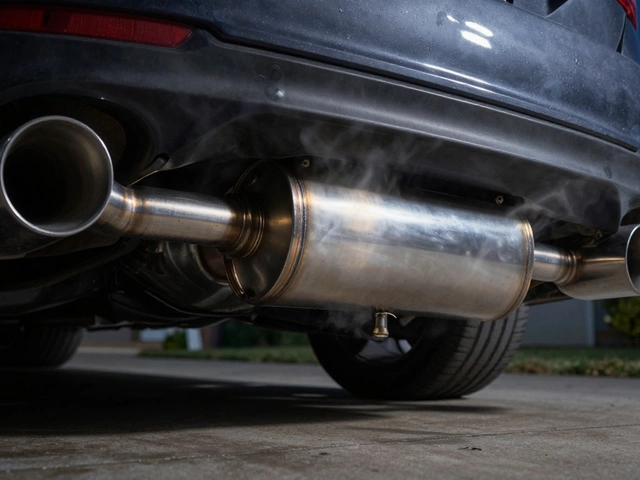Car Repair: Common Issues, Signs, and What to Do Next
When your car needs car repair, any fix needed to restore a vehicle’s function, safety, or performance. Also known as automotive repair, it’s not just about fixing what’s broken—it’s about catching problems before they turn into expensive disasters. Whether it’s a strange noise, a warning light, or just feeling off, ignoring small signs can cost you hundreds—or worse, leave you stranded.
Many car repairs start with something simple, like a fuel pump, a component that delivers gasoline from the tank to the engine. Also known as fuel delivery system, it’s easy to overlook until your car won’t start. A failing pump might not always throw a code, but it’ll make your engine sputter, hesitate, or die under load. Then there’s the brake rotors, the metal discs that brake pads clamp down on to stop your car. Also known as disc brakes, they wear down over time. Resurfacing them saves money, but if they’re too thin, replacement is the only safe choice. And let’s not forget shock absorbers, parts that smooth out bumps and keep your tires on the road. Also known as suspension dampers, when they go bad, your ride gets bouncy, your tires wear unevenly, and braking distance increases. These aren’t just parts—they’re safety systems.
Then there’s the radiator, the core of your car’s cooling system that keeps the engine from overheating. Also known as engine coolant radiator, it can last over 100,000 miles—but leaks, rust, or clogs can kill it faster. A cracked radiator doesn’t always leak visibly; sometimes it just causes your engine to run hot, then shut down. And if you’re wondering if suspension damage affects your engine? Yes, it can. Worn shocks or struts put extra stress on other parts, including the engine mounts and even the exhaust system. Car repair isn’t isolated—it’s a chain reaction.
You don’t need to be a mechanic to spot trouble. Listen for squeaks, smell for burning oil, watch for warning lights, and feel for vibrations. These aren’t just symptoms—they’re signals your car is begging for help. The posts below cover exactly what to look for, how to check it yourself, and when to call in a pro. From diagnosing a slipping clutch to knowing if your radiator’s 20 years old and ready to fail, you’ll find clear, no-fluff answers. No guesswork. Just what works.





